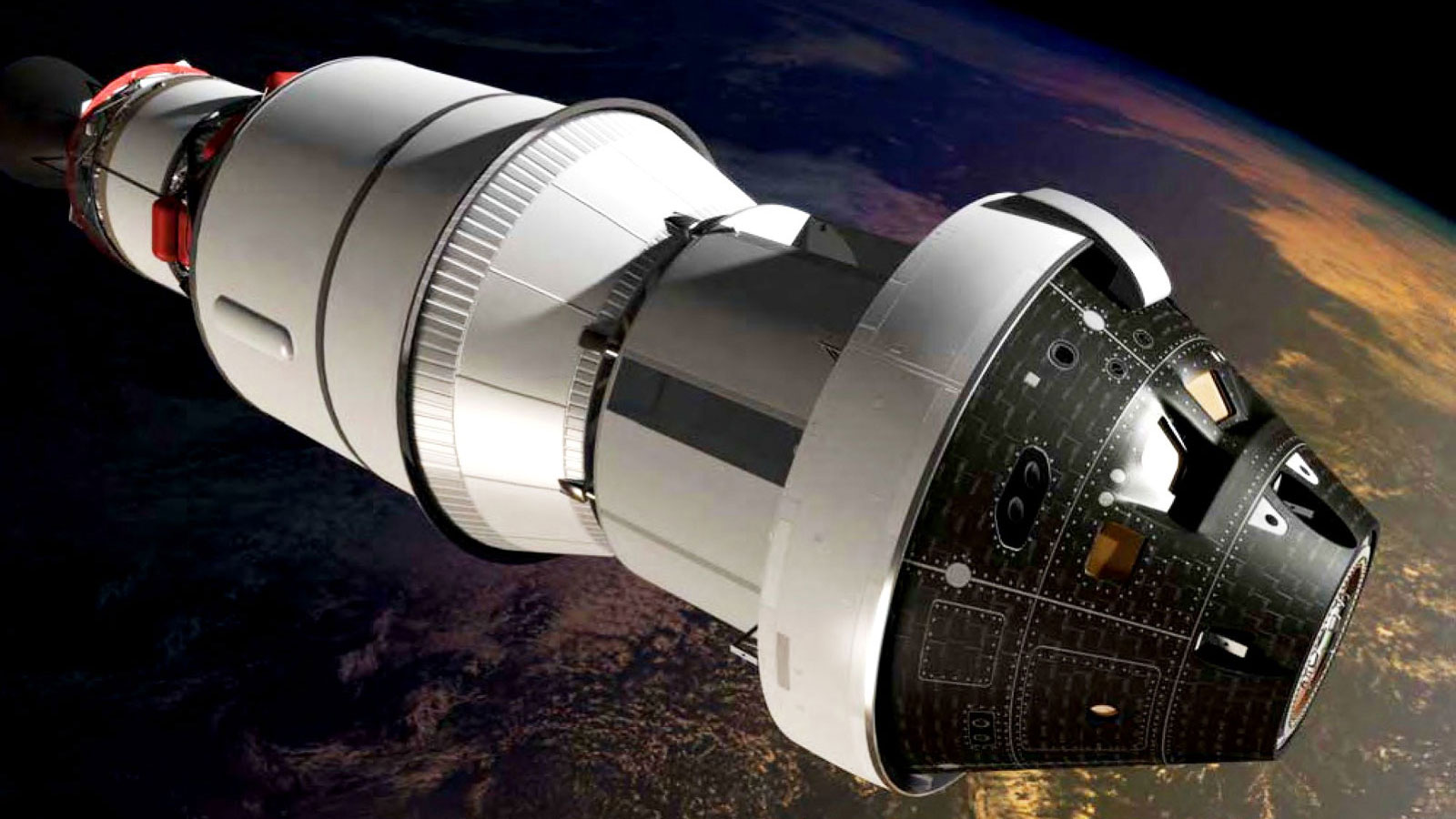Today’s Deep Space Extra offers the latest reporting and commentary on space related activities from across the globe. Saturn V rocket components recovered from the Atlantic Ocean and restored are ready for museum display. Mars One proponents and doubter will debate feasibility of red planet settlement. NASA assigns Lunar IceCube satellite to 2018 moon prospecting mission. Thursday marks NASA Curiosity rover’s third anniversary on the Martian surface: the busy rover is drilling into its first silicon rich rock in search of clues about a watery past. New Horizons Pluto visit spawns good memories, enthusiasm for space exploration. NASA releases Dawn mission map of giant asteroid Ceres. NOAA stands ground on future weather satellite development. Video game development and aerospace seem to go together.
Human Deep Space Exploration
Apollo moon rocket engines recovered by Amazon CEO preserved for display
Collectspace.com (8/4): Rocket engine components recovered from the Atlantic Ocean from at least three Saturn V rockets assigned to NASA’s Apollo lunar exploration program have been restored and are ready for museum display. The restorations were carried out by the Cosmosphere International SciEd Center and Space Museum of Hutchison, Kan. Amazon.com’s Jeff Bezos led the recovery effort.
MIT researchers joining debate on Mars colony
Boston Globe (8/4): A mid-August Mars Society gathering in Washington will include a debate over Mars One plans to start a colony on Mars. An earlier study by two MIT students questioned the engineering strategy put forth by the Dutch nonprofit to start the small human settlement in the mid to late 2020s. Both perspectives will be presented.
Unmanned Deep Space Exploration
Tiny “Lunar IceCube” spacecraft could help NASA to build a moon mine.
Popular Science (8/4): Assigned a 2018 launch, NASA’s Lunar IceCube is a small satellite that will hitch a ride to lunar orbit as part of NASA’s Exploration Mission-1, the debut test launch of the Space Launch System exploration rocket. The small shoe box sized satellite will be outfitted with sensors to prospect for water from lunar orbit. The instruments will characterize the water as ice, vapor or liquid. The results may establish a commercial basis for establishing more activity on the moon.
Curiosity’s 3 year Martian road-trip tells tantalizing tales of water | video
Space.com (8/5): NASA’s Curiosity rover will mark the third anniversary of its dramatic 2012 landing in Mars’ Gale crater on Thursday. Among its achievements, Curiosity has rolled nearly seven miles to the base of Mount Sharp. Along the way, Curiosity has found evidence of a past habitable environment, including organic chemistry and past chemically neutral water, conditions suitable for microbial life.
Curiosity drills deep into first high silica Martian rock on third touchdown anniversary
Universe Today (8/4): NASA’s Curiosity rover marks its third anniversary on the Martian surface Thursday. The rover is sampling the mission’s first silica rich rock, an outcrop called Buckskin. Scientists wonder if water was involved in the long ago formation process.
How will NASA’s New Horizons mission to Pluto be remembered?
Space.com (8/4): NASA’s New Horizons mission promises to remain a rich source of fond memories, say researchers. While revolutionizing the scientific understanding of Pluto during the first ever spacecraft flyby on July 14, New Horizons thrilled the public. The data gathered during the flyby will take months for the spacecraft to transmit back to Earth. New Horizons could receive NASA backing for an extended mission and a second Kuiper Belt object flyby in 2019.
NASA releases new map of Ceres
SEN (8/4): NASA has released a new map of the large asteroid Ceres. The agency’s Dawn mission spacecraft has been orbiting Ceres since early March, intriguing scientists with its mysterious bright spots, haze and the possibility of subsurface water.
Low Earth Orbit
NOAA digs in on polar follow-on plan despite cloudy funding outlook
Space News (8/5): NOAA is not planning to alter plans for the launch and operations of three polar orbiting weather satellites, according to Steve Volz, the agency’s assistant administrator for satellite and information services. Congress has balked at meeting NOAA’s $380 million 2016 funding request for follow on spacecraft to the Joint Polar Satellite System. The satellite trio is intended to monitor weather through 2038.
Commercial to Low Earth Orbit
Why NASA, SpaceX are interested in Central Florida game developers
Orlando Business Journal (8/5): Video game development becomes a source for aerospace talent. The mid-August Indie Galactic Space Jam in Florida is expected to draw aerospace leaders and engineers to mentor those competing in space themed games.

